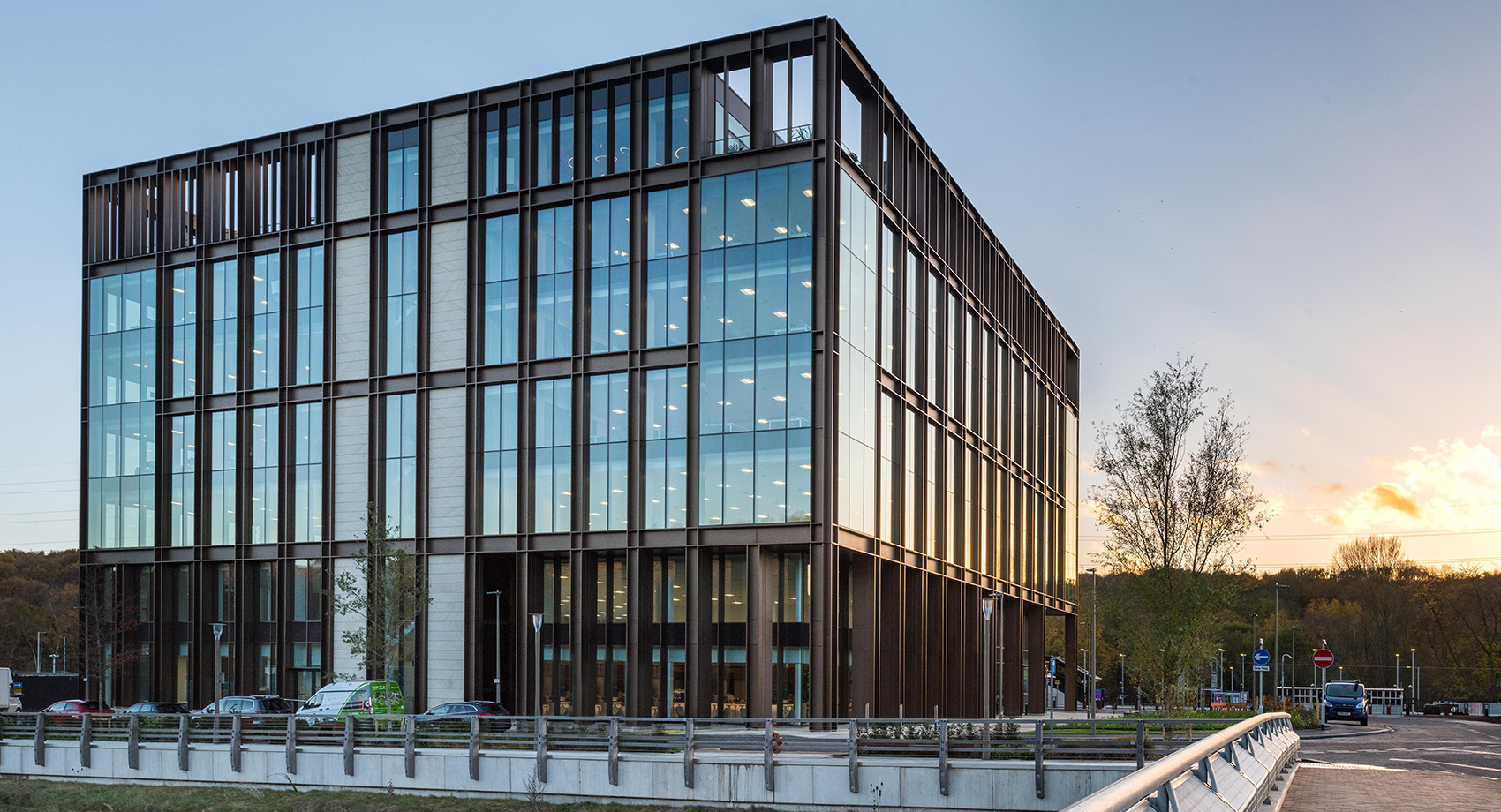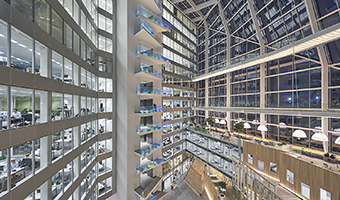The Northern Powerhouse is at the forefront of the UK’s transformation as a digital leader, attracting new and innovative digital businesses in their droves. However, debate about connectivity all too often leans towards transport infrastructure, rather than the pressing digital needs of the occupiers the north is trying to nurture and attract.
The last ten years have seen a paradigm shift in the way businesses use and view their real estate and the increasing value placed on the employee experience is spurring this change. Occupiers expect buildings to do more than provide shelter; they must also attract and retain the brightest and best talent, support how work is done and actively enable and unlock greater productivity.
As occupiers embrace disruptive technologies such as artificial intelligence, machine learning and the Internet of Things (IoT), and adopt more agile ways of working, improved digital capability and longevity will be demanded of the buildings they occupy. With letting velocity, peak rents and capitalisation tied to developers’ and investors’ commitment to technological change, it’s time to extend lifecycle of new buildings and workplaces with far greater investment.
CHANGING OCCUPIER DEMANDS
To do this, investors and landlords must understand the major demands of occupiers:
- CONNECTIVITY – Gartner expects the number of connected things will grow from 8.4 billion in 2017 to 20.4 billion in 2020. Considering that most employees already have multiple devices and printers, and air conditioning units and fridges will soon all connect with IoT, it’s vital that multi-tenanted buildings have the bandwidth, connectivity and internal phone signal to keep pace.
- COLLABORATION – Agile working is here to stay and it requires floor plates that support flexible and activity-based working, intuitive collaboration technologies and facilities that reinvigorate wellbeing and encourage sociability, such as communal roof terraces, gym facilities and on-site concierge/events management.
- DIGITAL RESILIENCE – As occupiers require more power and data, buildings require significant digital resilience with multiple point access for data, back-up power and data generators, security systems and protective data cabling. Catering for increased use and mitigating against disaster is a necessity.
- SMART TECHNOLOGY – occupiers’ expectations for intuitive, dynamic and personal user-led experiences will drive the growth of smart buildings. This will drive the deployment of building sensors, data analytics, varied access systems and smartphone integration.
GLOBAL BEST PRACTICE
Although future-proofed buildings are still in the minority, some of the world’s best examples show a growing willingness to embrace occupier demands and surpass traditional building lifecycles.
Amsterdam’s The Edge is considered the world’s most connected, intelligent and sustainable building. By leveraging the Internet of Things and an LED digital ceiling full of sensors, the building collects and processes data about users’ behaviours and preferences and how the building is performing. As a result, it knows what individual users want and need, before they’ve even thought it.
The building controls temperatures based on user preferences, assigns work spaces based upon daily schedules, recognises vehicles on arrival, powers down un-used spaces and uses rainwater harvesting as one of a number of tools to reduce environmental impact. Here, technology has created a building eco-system where environmental sustainability and user-wellbeing is king.
The Northern Powerhouse has its own exemplars too – Kirkstall Forge, the first Wired Score Platinum rated building in Leeds, and Windmill Green in Manchester. Kirkstall Forge has a future-proofed infrastructure and is a fully resilient building. It complies with the most stringent demands in terms of communications, connectivity and adaptability through in-building wireless and mobile phone signal planning, a variety of dependable connections at high speeds, four data routes and extensive contingency cover with power and data supplies, back-up generators and ISPs.
Manchester’s Windmill Green has a technology specification that delivers sustainability and wellness. Green walls, roof top eco-systems, low energy lighting, NODE and data resilience, along with an advanced building management system, demonstrate a user-led approach, rather than one of archaic standard building principles.
WHY NOW?
Greater focus must be placed on the digital capabilities of the buildings we design, build and occupy now. Buildings like The Edge and Kirkstall Forge are testament to the possibilities in this arena and show that quality infrastructure creates a better environment for its users, but most investors and developers still have a long way to go. Although cost may be a barrier to some of the more advanced technologies, they must invest in what they can afford before it is too late.
The growing appetite to curate a positive employee experience, boost employee wellness, improve sustainability, drive growth and ensure commercial longevity relies on connectivity. Unless the very fabric of our buildings reflects the digital demands of tomorrow, the Northern Powerhouse will lose its early lead as a hub for innovation and growth.
This article first featured in our Northern Powerhouse Office Market Report 2018/19. Click here to request a copy.
Image: Number One Kirkstall Forge, Leeds - courtesy of CEG
REGISTER FOR UPDATES
Get the latest insight, event invites and commercial properties by email





